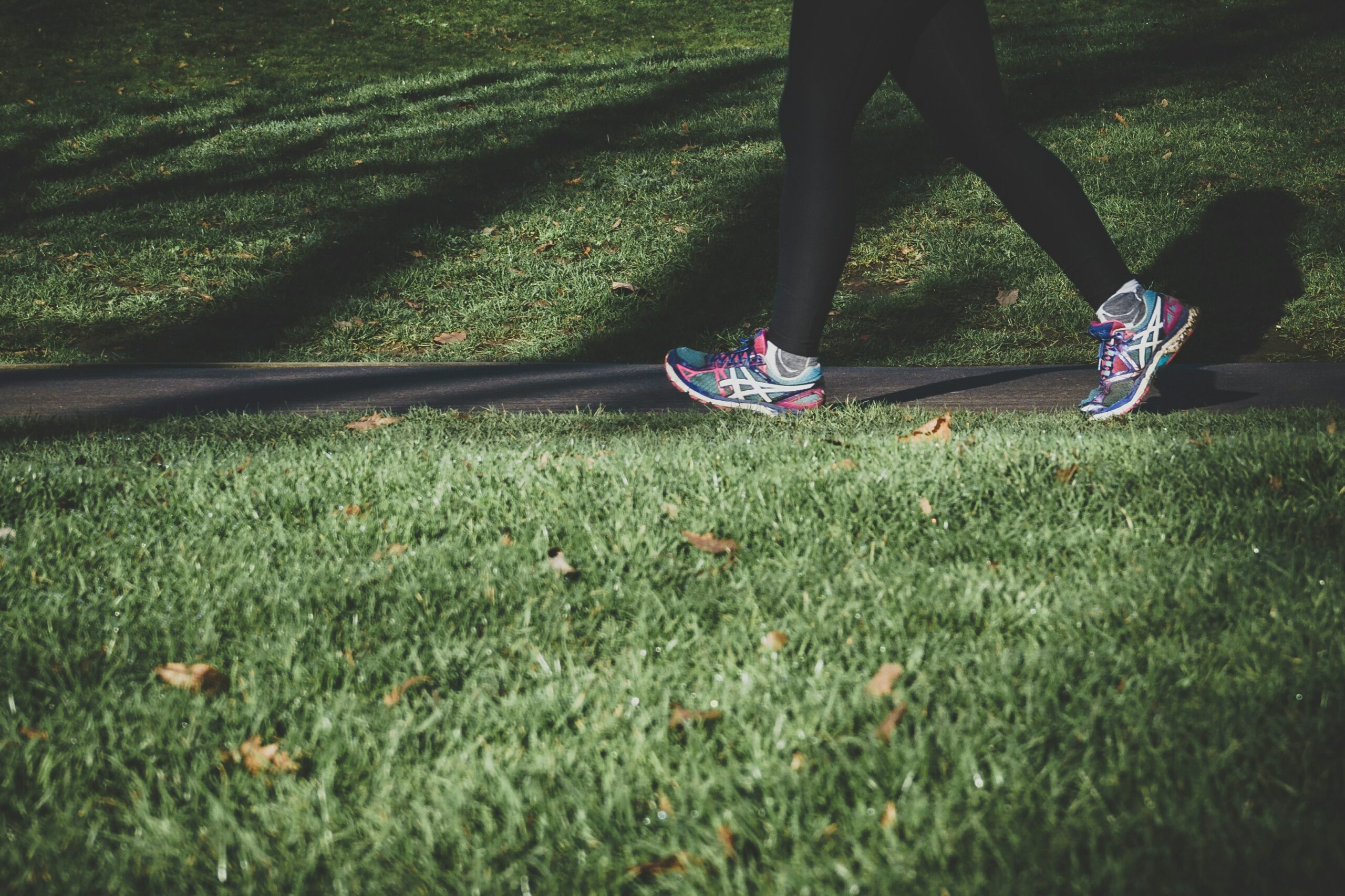Walking 10,000 steps a day isn’t just a fitness trend—it’s a transformative journey towards better health and well-being. This article dives into the science-backed benefits of this daily goal, offering expert insights and practical tips to help you make every step count, whether you’re strolling through your neighborhood or pacing around your living room.
The Science Behind 10,000 Steps

Walking 10,000 steps a day, roughly equivalent to 5 miles, is often recommended as a benchmark for maintaining a healthy lifestyle. Several studies have highlighted the benefits of this habit:
- Cardiovascular Health: A study published in the Journal of the American College of Cardiology found that walking at least 10,000 steps a day significantly lowers the risk of cardiovascular diseases .
- Weight Management: Walking 10,000 steps a day can significantly impact your body weight and composition. A study published in the International Journal of Behavioral Nutrition and Physical Activity found that individuals who consistently walked 10,000 steps a day had lower body fat percentages and narrower waist and hip measurements compared to those who walked less.
- Mental Health: According to a study in the Journal of Psychiatric Research, regular walking can reduce symptoms of anxiety and depression, enhancing overall mental well-being .
- Diabetes Prevention: Walking can improve insulin sensitivity, as shown in an article in American Diabete Association , helping to prevent type 2 diabetes.
The Multifaceted Benefits of Walking 10,000 Steps Daily

- Boosts Cardiovascular Function: Walking strengthens the heart, improves circulation, and reduces the risk of heart disease by lowering blood pressure and cholesterol levels.
- Aids in Weight Control: This activity helps burn calories, aiding in weight loss and preventing weight gain, making it easier to maintain a healthy body weight.
- Enhances Mental Clarity and Mood: Physical activity such as walking increases the release of endorphins, reducing stress and anxiety while improving overall mood and mental clarity.
- Elevates Energy Levels: Regular walking increases your overall stamina and energy levels, helping you feel more energetic throughout the day.
- Improves Sleep Quality: Engaging in consistent physical activity like walking can help regulate sleep patterns, resulting in deeper and more restful sleep.
- Supports Joint Health: Walking helps lubricate and strengthen the muscles around joints, reducing pain and stiffness, particularly beneficial for individuals with arthritis.
Tips for Achieving 10,000 Steps a Day

Inside the House:
- Set a Timer: Set a timer to remind you to get up and walk every hour.
- Household Chores: Cleaning, vacuuming, and other chores can contribute to your step count.
- Indoor Walking Routes: Create a walking path inside your home and pace while on phone calls or watching TV.
- Use a Pedometer or Fitness Tracker: Track your steps with a device to stay motivated.
Outside the House:
- Morning Walks: Start your day with a brisk walk around your neighborhood.
- Walk During Breaks: Take short walks during work breaks or lunch.
- Park Farther Away: Choose parking spots farther from entrances to get more steps.
- Walking Meetings: Suggest walking meetings if your work allows it.
- Explore New Routes: Keep your walks interesting by exploring different routes or parks.
Fitness Trackers: Monitoring Your Progress
Using a fitness tracker can significantly enhance your walking routine by providing accurate step counts and other health metrics. Here are three popular fitness trackers:
- Fitbit Charge 5
- Pros: Advanced health metrics (heart rate, sleep tracking, stress management), sleek design, long battery life.
- Cons: Higher price point, some features require a subscription.
- Apple Watch Series 7
- Pros: Comprehensive health and fitness tracking, seamless integration with Apple ecosystem, cellular options available.
- Cons: Expensive, shorter battery life compared to other trackers.
- Garmin Vivosmart 4
- Pros: Excellent battery life, detailed fitness tracking, stress and sleep monitoring, affordable.
- Cons: Smaller display, less intuitive interface.
Feedback about walking 10000 steps a day by Jade Biggs
“Walking is an easy, low-impact way to improve your health, and 10,000 steps a day is a great target for most people” .
Walking 10,000 steps a day is a simple yet powerful way to enhance your health and well-being. With numerous benefits ranging from improved cardiovascular health to better mental well-being, this habit is accessible to most people, regardless of age or fitness level. By incorporating walking into your daily routine, both inside and outside the house, you can take significant strides towards a healthier lifestyle.
Embark on your journey to better health, one step at a time!
**Always consult with a healthcare professional before starting any new fitness program, especially if you have pre-existing health conditions or are pregnant.
References:
